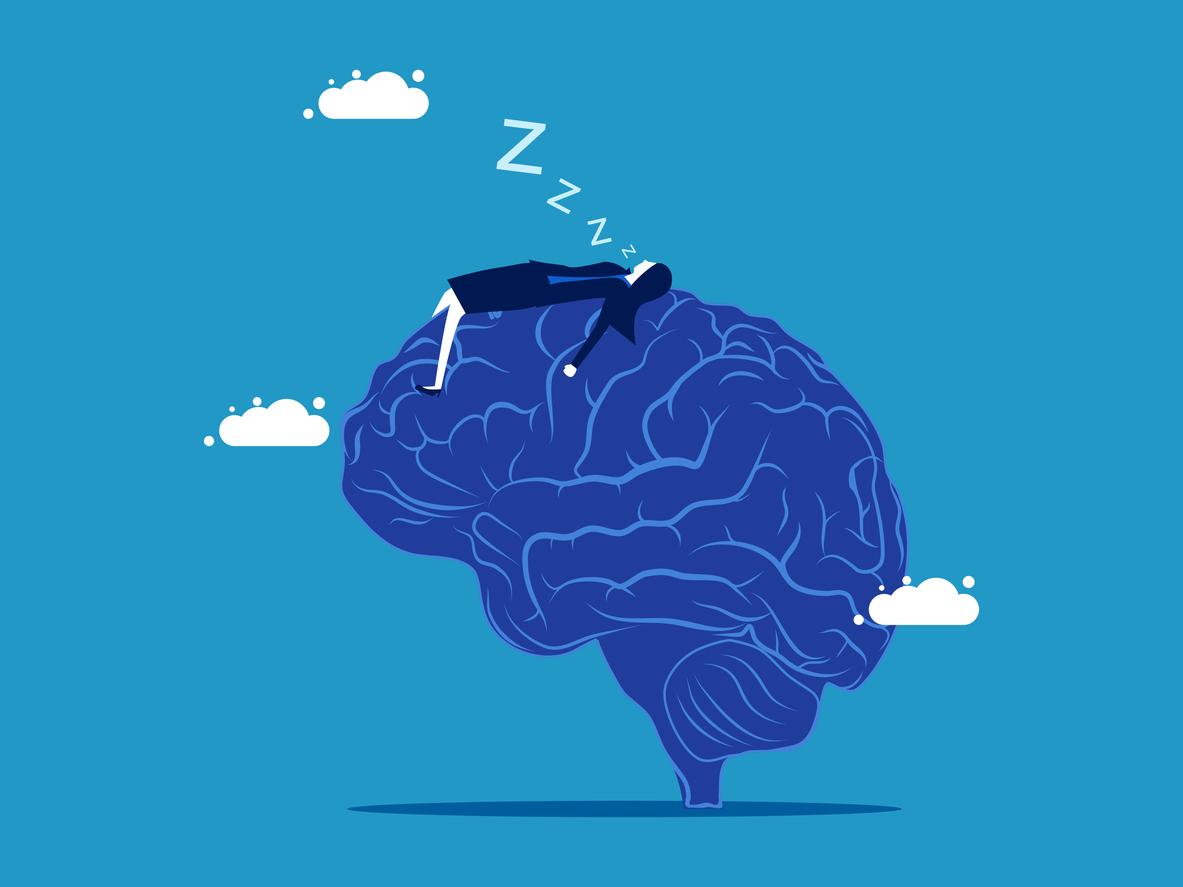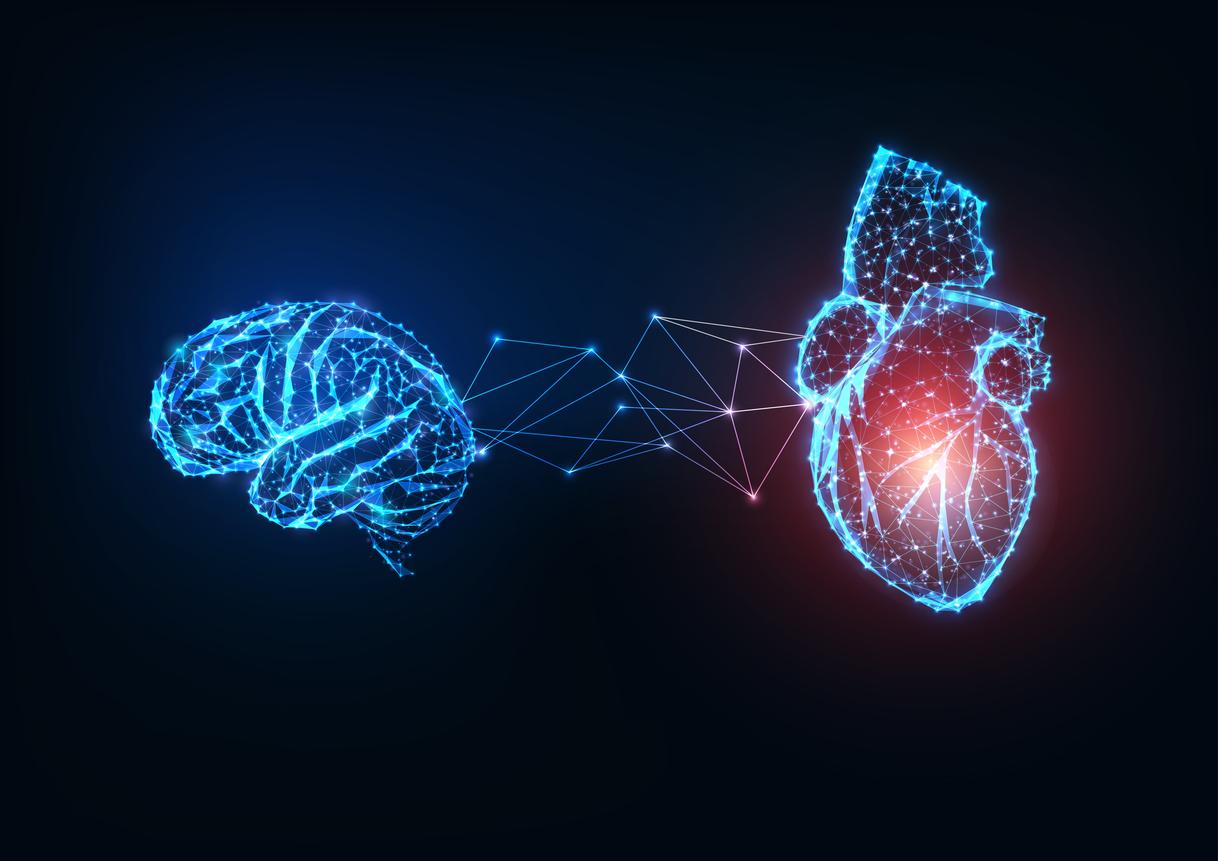Australian researchers have revealed the crucial role of saturated fatty acids in the creation and consolidation of memories in the brain.

- Levels of saturated fatty acids increase sharply during neuronal stimulation and memory acquisition.
- In mice lacking the PLA1 gene, whose mutations reduce fatty acid levels and promote neurological disorders, alterations in the brain’s fatty acid landscape were observed when neurons encode a memory.
- Even before the rodents’ memory was impaired, their levels of saturated fatty acids were significantly lower than those of control mice.
Including saturated fats in the diet is generally a poor, unhealthy choice for the waistline. However, scientists from the University of Queensland (Australia) have shown that levels of saturated fatty acids increase in the brain during neuronal communication. As a reminder, the brain is the fattest organ in the body, with fatty compounds called “lipids” representing 60% of its weight.
Mice lacking the PLA1 gene had low levels of saturated fatty acids
“We didn’t know what was causing these brain changes,” said Isaac Akefe. In a new study, the professor and his team wanted to identify the mechanisms by which neuronal activity affects the lipid landscape of the brain. To carry out the work, the researchers used mouse models in which the PLA1 gene was deleted, to determine the importance of fatty acids in the formation of memories. “Human mutations in the PLA1 and STXBP1 genes reduce fatty acid levels and promote neurological disorders”, explained Frédéric Meunier, co-author of the study. Next, the team tracked the onset and progression of neurological and cognitive decline throughout their lives.
According to the results, published in the journal The EMBO Journal, the authors identified alterations in the brain’s fatty acid landscape when neurons encode a memory. Even before the mice’s memory was impaired, their levels of saturated fatty acids were significantly lower than those of control rodents. “An enzyme called phospholipase A1 (PLA1) interacts with another protein at the synapse called STXBP1 to form saturated fatty acids. (…) This PLA1 enzyme and the fatty acids it releases play a key role in the acquisition of memory.” The STXBP1 protein controls the targeting of the PLA1 enzyme, coordinates the release of fatty acids and directs communication at synapses in the brain.
Results that pave the way for potential treatment for neurodegenerative disorders
According to the scientists, their research has important implications for understanding how memories are formed. “Our results indicate that manipulating this memory acquisition pathway has exciting potential as a treatment for neurodegenerative diseases, such as Alzheimer’s disease,” concluded Frédéric Meunier.
















